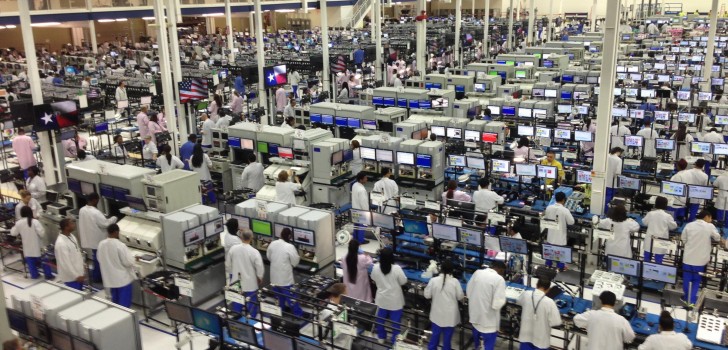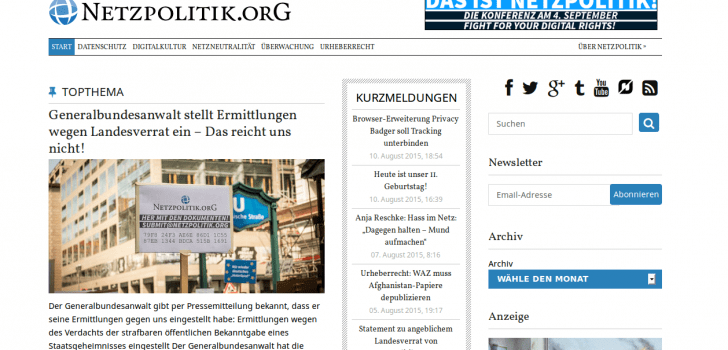Just a little over three months since the launch of Periscope, Twitter’s live streaming app for smartphones, the company announced today that a stunning 10 million people have used Periscope, with what it termed “burgeoning usage” on a daily basis.
The app first launched with iPhone on March 26th and hit over one million downloads within the first 10 days of availability. When Periscope came to Android two months later it had surpassed one million downloads after only three weeks.
In short, the app is on fire and Twitter has produced, organically, another hit product. It now has Twitter, Vine, a six second video clip sharing app, and Periscope in its portfolio.
It isn’t just downloads, either. The company noted that time watched, “the metric we care about most,” has risen significantly since debuting four months ago. The company now sees over 40 years of video watched every single day, and has a mind blowing two million daily active users.
While it isn’t clear what the ratio of broadcasters to watchers is, it’s clear the company has a new hit product just in time for the fall season, where user growth surges.
Periscope said it wants users “to know and feel that they’re contributing to a growing ecosystem” and that it “is measuring itself in a way that aligns with the value of the community.” This is consistent with the company’s focus on, like Netflix, time spent viewing.
“If we were motivated to grow DAU, we’d be incentivized to invest in a host of conventional growth hacks, viral mechanics, and marketing to drive up downloads,” the company stated. “This direction doesn’t necessarily lead to a better product, or lead to success for Periscopers. We hold ourselves accountable to Time Watched as an organizational measure because it reflects the kernel of our product, and our core values.”
Founder Kayvon Beykpour said during the live broadcast that the company is eyeing a fast-forward button to allow users to skip ahead during replays, and that it’s working hard to fight spam.













